How to design a drought-tolerant yard – a 5-step plan for a space that will thrive with limited water
Plan a drought-tolerant yard that's sustainable, looks beautiful, and also reduces your water usage
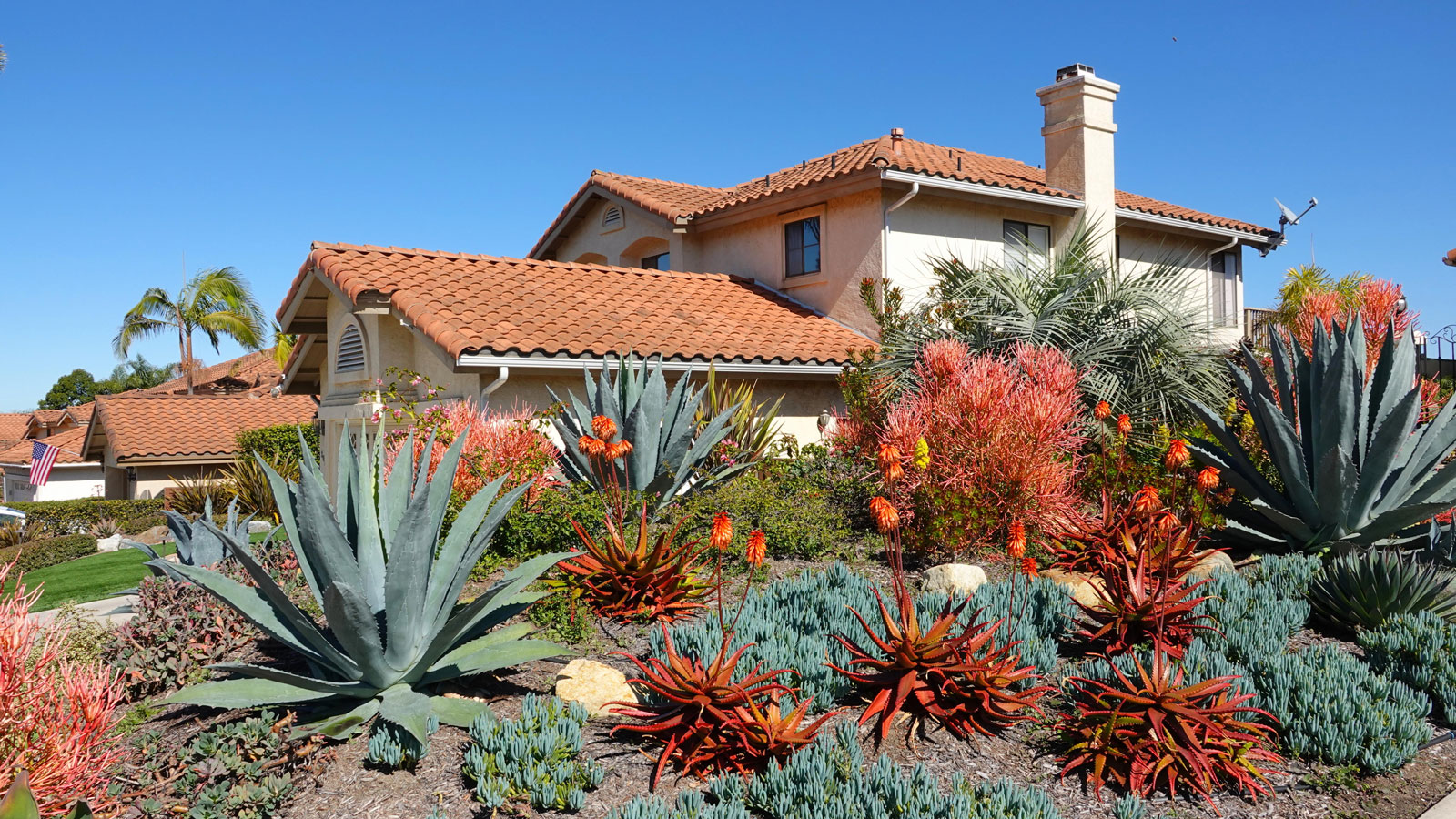

Whether you want to find out how to design a drought-tolerant yard from the start or simply wish to upgrade your existing scheme with a few modifications, the right planning will help you create an eco-friendly and sustainable outdoor space that will be resilient during periods of drought.
There are lots of reasons why designing a drought-tolerant yard is a good idea. It means you can reduce water usage (and your daily watering routine) and thus save money and time, as well as cutting down on garden chores by choosing low-maintenance, drought-resistant plants that don't need lots of attention. It's a more environmentally-friendly way to garden too.
It's good to know that you can create resilient drought-tolerant landscaping ideas in dry conditions, but it all comes down to proper planning.
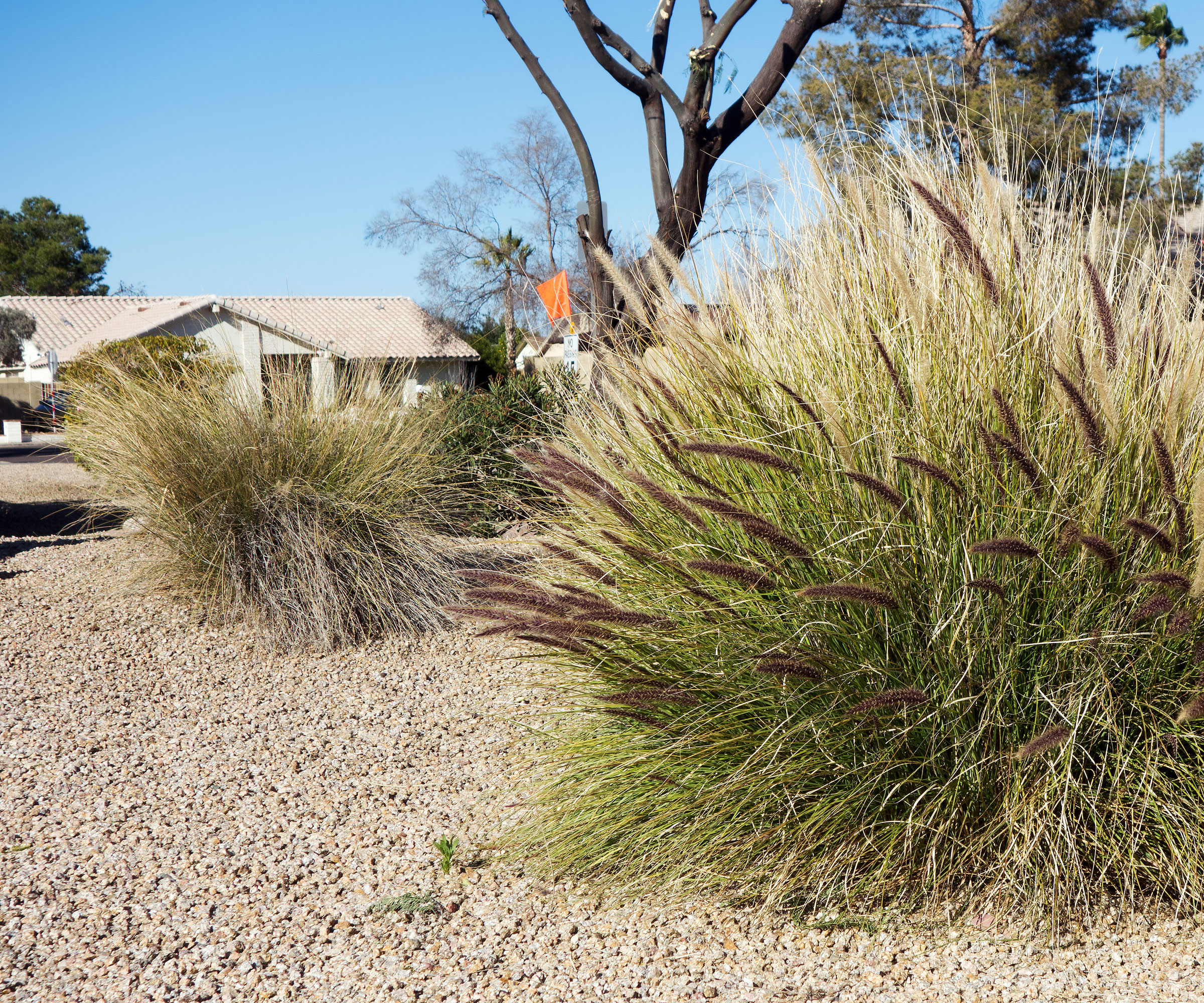
Ornamental grasses are central to designing a drought-tolerant backyard
5-step plan for designing a drought-tolerant yard
Designing a successful drought-tolerant yard is easy if you plan properly. This should include choosing the right drought tolerant planting and making sure plants are happy in the soil, as well as working out the best practices for a water-wise garden.
It’s crucial to take into account your local climate and weather too. If you live in a drought-prone area, it’s especially important to create a garden that minimizes water usage both for your pocket and the planet, as well as choosing native plants that have evolved to deal with these conditions.
'First and foremost, evaluate your location's unique conditions, including sunlight exposure, microclimates, and regional climate patterns,' says Ray Brosnan, owner of Brosnan Landscape Gardening. 'By understanding these factors, you can select plants that are well-suited to the environment and ensure appropriate irrigation needs.'
So If you feel it's time to upgrade your backyard landscaping ideas to make them more sustainable you're in the right place.
1. Do some careful planning
Take a good look at your yard. Do you want a completely new design or are you upgrading an existing one with more sustainable ideas? Either way, make a sketch that includes dimensions, and lists any existing trees and plants you want to keep, as well as any hardscaping and any other permanent features that need to stay.
It's also a good idea to take plenty of photos of your yard and print them out to play around with and use to create a moodboard. You can also take them with you when looking for advice at your local garden center.
Find out the composition of your soil type at this stage too. Once you know your soil make-up you can find out how to deal with it, and what plants are likely to thrive. You also need to be aware of sun and shade spots in your yard as this impacts planting too.
Check out online sources for information as well. Try the American Society of Landscape Architects (ASLA) for ideas about nature-based design solutions to climate impacts such as drought, extreme heat, and biodiversity loss.
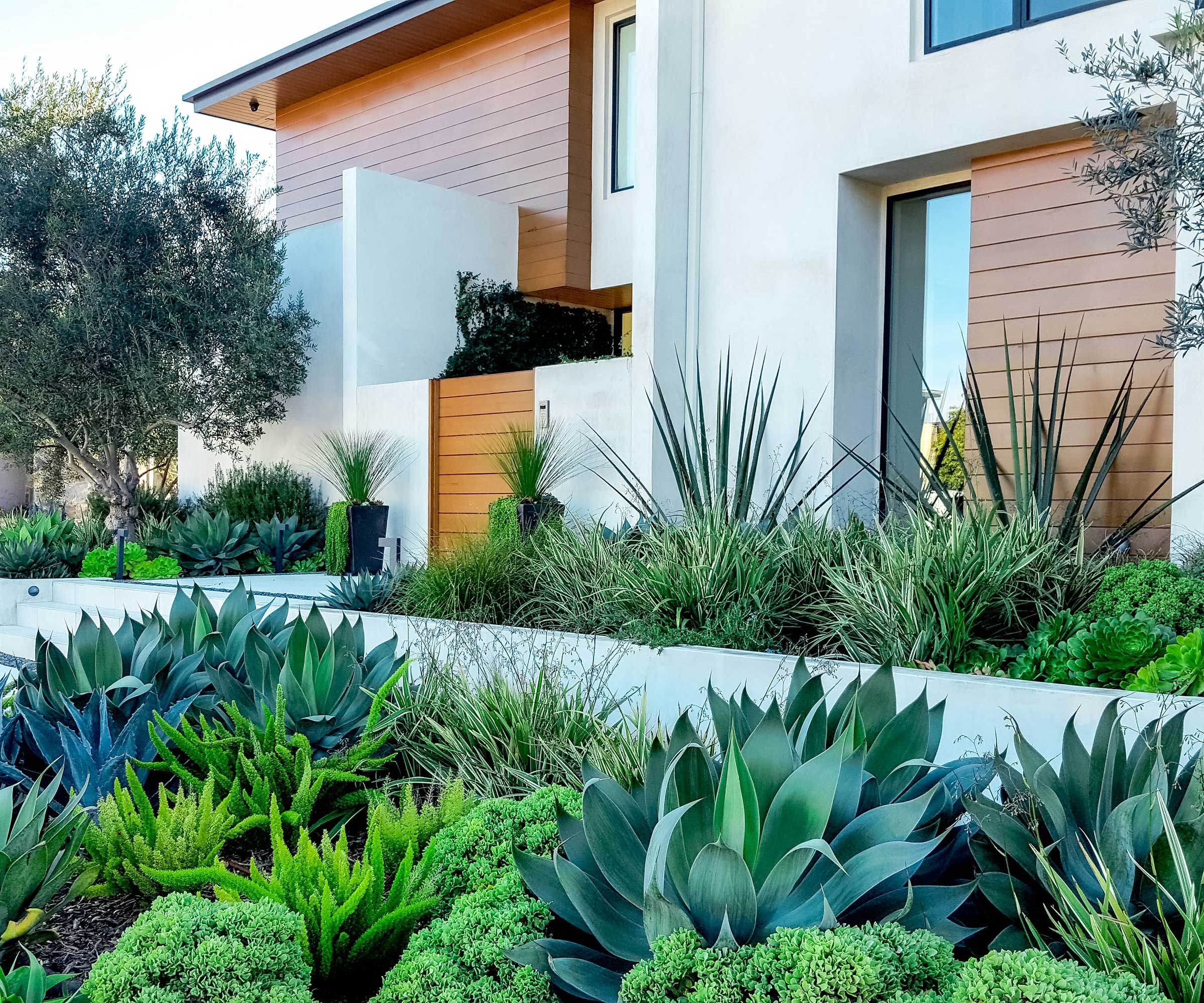
A drought-tolerant yard that looks as good as this one takes some planning
2. Look at soil conditions
If drought-resistant plants are going to thrive your soil needs to be the best it can possibly be given the conditions. Soil health is a key component of plant wellbeing, as well as acting as a filter for rainfall. If your soil is compacted it's not going to be receptive to either water or air, and this could restrict plant root growth.
You may need to consider a soil amendment to improve the quality of your soil. 'While you may think of soil as dirt, it isn’t,' says horticulturalist Noelle Johnson, author of Dry Climate Gardening, available from Amazon. 'Soil provides a complex mixture of organic matter, micro-organisms, minerals, water, and air to plants. In dry climates, the soil has certain characteristics due to low rainfall amounts that are important to know so you can see if you need to modify it.'
There is a chance that the soil in your yard is likely not the native soil of your region too, points out Noelle. 'Construction practices change the soil in a given area. When a home is built, topsoil is often removed and the remaining soil is compacted. “Fill dirt” is then brought in to level out the area.'
As a result, the soil texture in your garden can be different from what you expect, and you might need to find out how to test the pH of soil and use an amendment accordingly.

Noelle is a horticulturist, landscape consultant, and garden writer who lives in the Phoenix, Arizona, metro area. Popularly known as the 'AZ Plant Lady,' her passion for over 20 years has been to inspire and teach people to create, grow, and maintain beautiful gardens that thrive in a hot, dry climate.
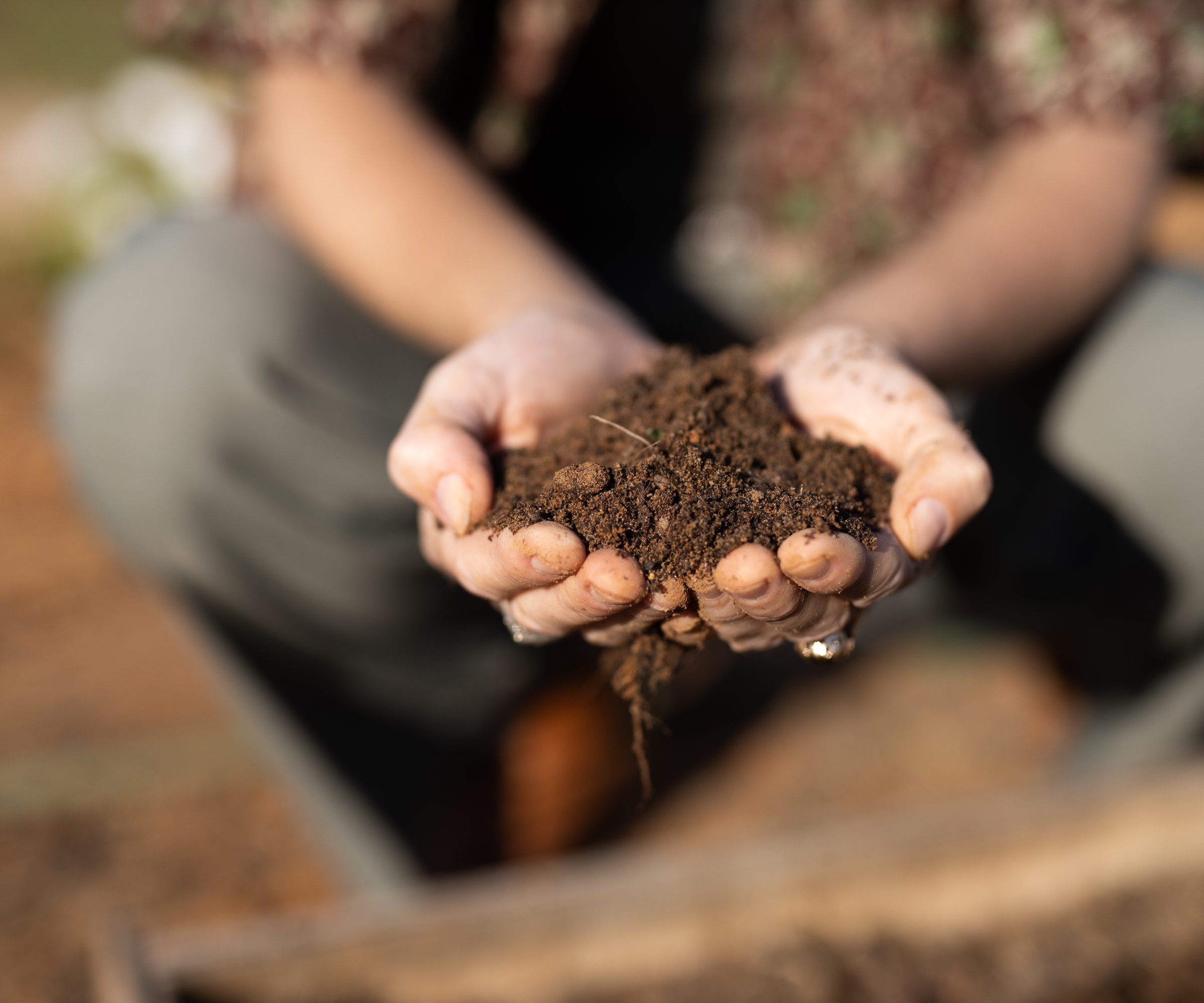
You might think the soil in your yard is 'local' but this might not be the case
3. Draw up a list of water-thrifty plants
The next step in designing a drought-tolerant yard is to choose plants that are well-suited to the local climate. Now you know your soil type factor this in, as well as the level of sun exposure, how windy it is, and how much rainfall you get in your area.
When selecting plants for your yard, choose species that are well-suited to your climate and soil conditions. Look for plants that have low-to-moderate water requirements and are adapted to drought-like conditions. Don't forget to choose drought-tolerant shrubs too. As part of your drought-tolerant yard design, group plants with similar water needs together for ease.
'Considering that an average of 70 percent of household water use goes to outdoor use, it makes sense to look at the water needs of your plants,' says Noelle Johnson. 'Determine if you have plants that need a lot of water, especially those that are native to regions that have higher levels of humidity and receive more rainfall.'
Finally, consider switching out these high-water-use plants for those that need less.

Look around your neighborhood for inspiration on what to plant. Succulents and cacti are always good for drought-tolerant yards
4. Include decorative mulch as part of your design
Important for locking moisture in soil, using mulching as part of your drought-tolerant yard design is crucial as it helps make some plants more resilient to climate extremes. There are many different types of mulch available, including wood chips and compost, but you can also use a layer of gravel or pebbles, which look great with drought-tolerant perennial planting.
Leaving soil bare can lead to erosion, run off and water waste, but mulching has benefits that counteract these. Add a thick layer of mulch to the surface of the soil and it will soak up any rainwater. This means it's also a great way to keep soil moist in summer.
You can also add ground cover plants such as creeping thyme and Snow-in-Summer to spread out and retain moisture.
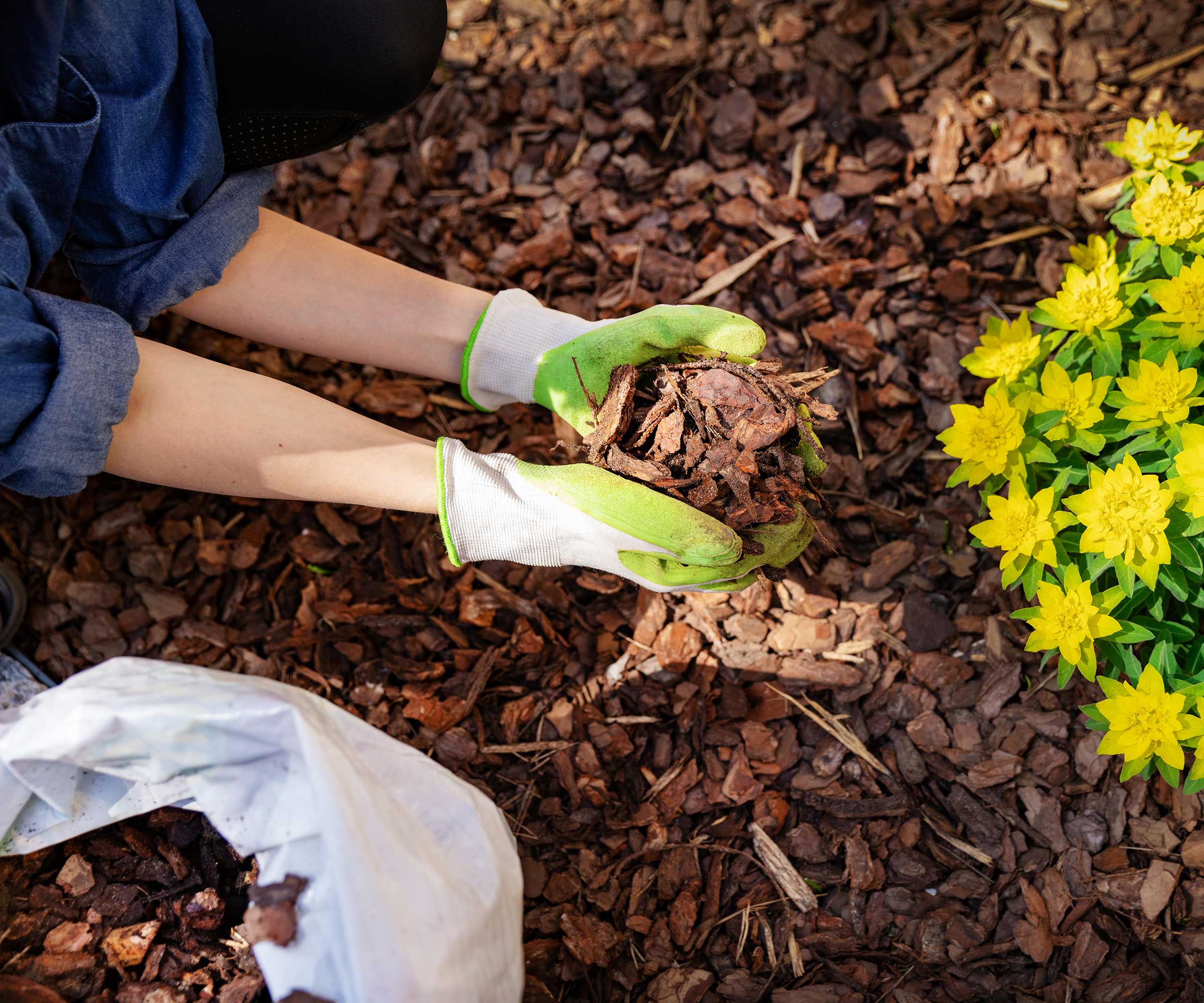
Layer up mulch to lock moisture into the soil
5. Be water-wise
Any yard can be designed to conserve water with the implementation of a few simple approaches like rainwater harvesting, water recycling and drip irrigation to make it a more sustainable space.
'Homeowners can promote the storing, and recycling of water, and limit the use of valuable potable water for landscapes,' according to the ASLA. 'Bioswales and bioretention ponds, rainwater gardens, and local sustainable water recycling and drip irrigation systems can all be used to efficiently manage water. Homeowners can recycle and reuse gray water for landscape maintenance.'
When designing a garden, it’s important to consider ways to reduce runoff and erosion, as well as using as many garden water saving tips as possible. One way to do this is to create swales, or shallow channels in the soil, which can help to capture and retain rainwater.
At the planning stage look at installing a low-pressure drip system to deliver water to the root zone of your plants. Alternatively you can convert your existing sprinkler to drip mode or adapt spray heads to make them more water-efficient.
'Installing a drip irrigation system or using soaker hoses delivers water directly to the roots, minimizing wastage,' says Ray Brosnan. 'Smart irrigation practices, such as using weather-based controllers and collecting rainwater, further enhance water conservation.'
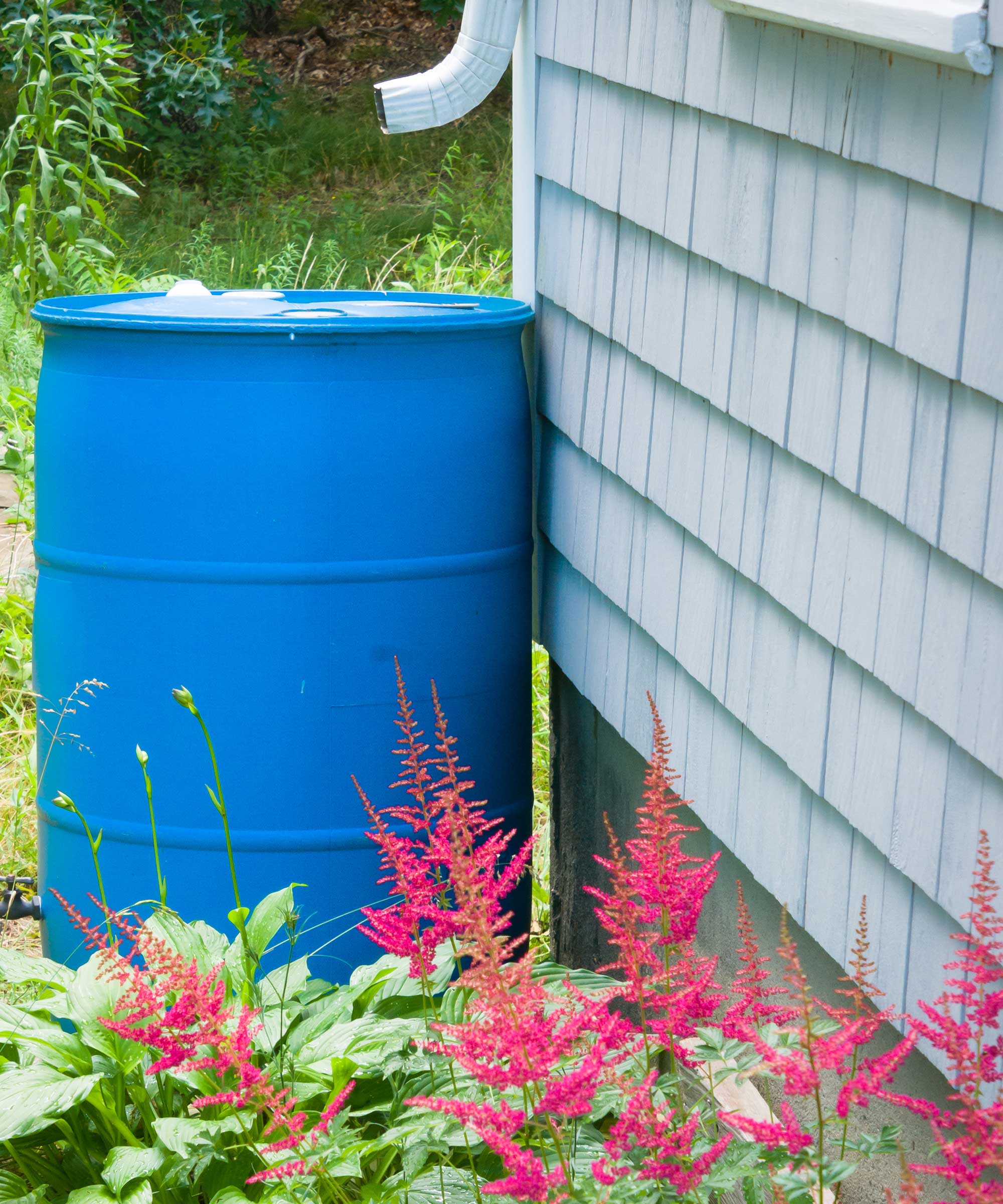
Rain barrels are an easy way to capture as much rainwater as possible
When you're designing a drought-tolerant backyard, methods such as xeriscaping or water-wise landscaping offer numerous benefits that make them a popular choice for environmentally conscious homeowners.
Xeriscaping techniques, such as proper soil preparation and mulching, help retain moisture in the soil too, reducing the need for frequent watering and promoting water efficiency. By considering these factors and implementing appropriate strategies, you can create a visually stunning and environmentally-friendly yard that thrives even during drought conditions.
Sign up to the Homes & Gardens newsletter
Design expertise in your inbox – from inspiring decorating ideas and beautiful celebrity homes to practical gardening advice and shopping round-ups.
Lifestyle journalist Sarah Wilson writes about flowers, plants, garden design and gardening trends for Homes & Gardens. She has studied introductory garden and landscape design and floristry, and also has an RHS Level 2 qualification in the Principles of Plant Growth and Development. She is a regular contributor to Homes & Gardens and Livingetc. She has also written for Real Homes, Modern Gardens and Country Homes & Interiors magazines.
-
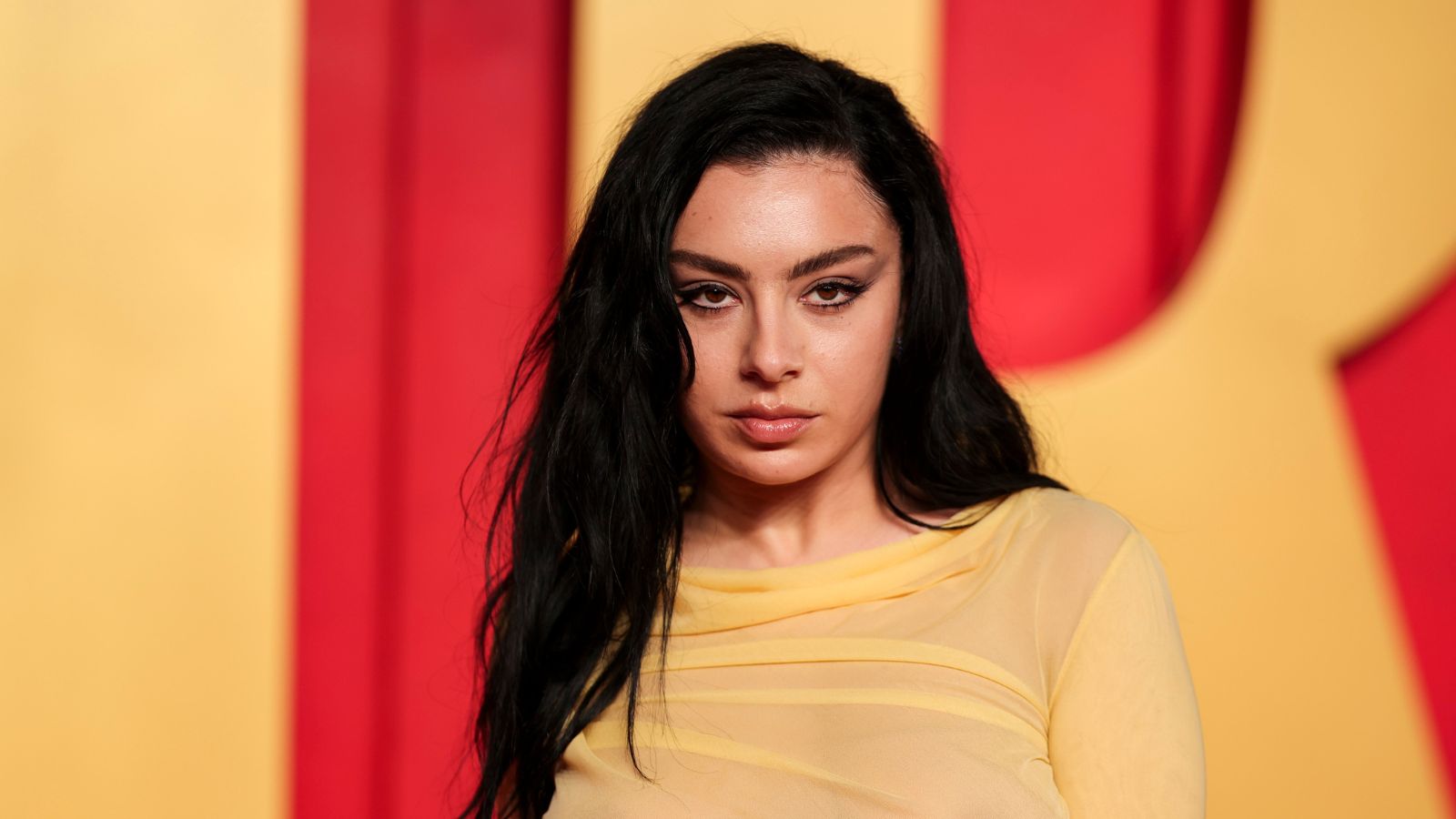 Charli XCX's dining room is a 'treasure-trove' of one-of-a-kind pieces – it's the most unique hosting space I've ever seen (and surprisingly replicable)
Charli XCX's dining room is a 'treasure-trove' of one-of-a-kind pieces – it's the most unique hosting space I've ever seen (and surprisingly replicable)The singer's Tudor-style dining room features eclectic furnishings, a mix of patterns and bright colors that all work together beautifully
By Hannah Ziegler Published
-
 The 5 worst things you can do to your fridge – these will drive up energy costs and result in pricey and regrettable repairs
The 5 worst things you can do to your fridge – these will drive up energy costs and result in pricey and regrettable repairsIt's crucial to swerve these blunders, appliance experts warn
By Ottilie Blackhall Published